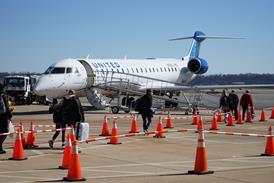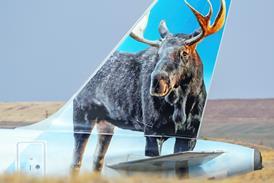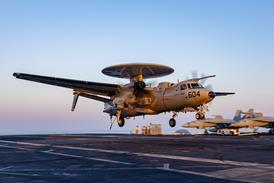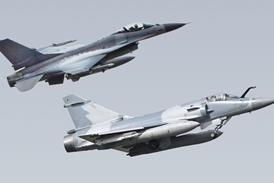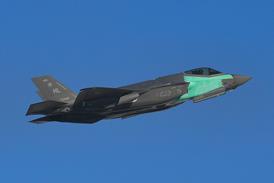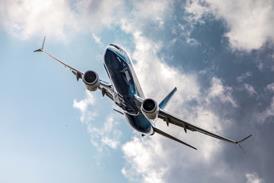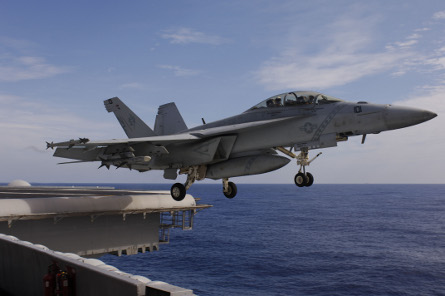The US Navy has awarded Boeing a $135 million contract to develop an infrared search and tracker (IRST) to integrate in the F/A-18E/F Super Hornet fleet.
The four-year development programme will adapt the Lockheed Martin AAS-42 IRST to mount in the forward section of the F/A-18E/F's centreline fuel tank. The AAS-42 was last operated on board the Grumman F-14D Tomcat.
Immune from most kinds of electromagnetic interference, including jamming, IRST sensors are popular especially onboard non-American fighter designs. The Sukhoi T50 prototypes boast forward and rear-facing IRST sensors integrally attached to the fuselage.
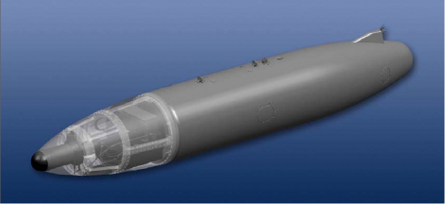 |
|---|
©Lockheed Martin |
The forward section of the centreline tank is empty, so integrating the sensor will not reduce its 330gal fuel capacity. That location also allows the IRST sensor to have a nearly unrestricted field of regard in the forward hemisphere except for directly above the nose and canopy.
| |
|---|
Photo courtesy of US Navy |
Boeing also has proposed an integrally-mounted IRST sensor for international customers. The "international roadmap" variant of the F/A-18E/F includes a low-observable, faceted window under the nose.
Source: Flight International

